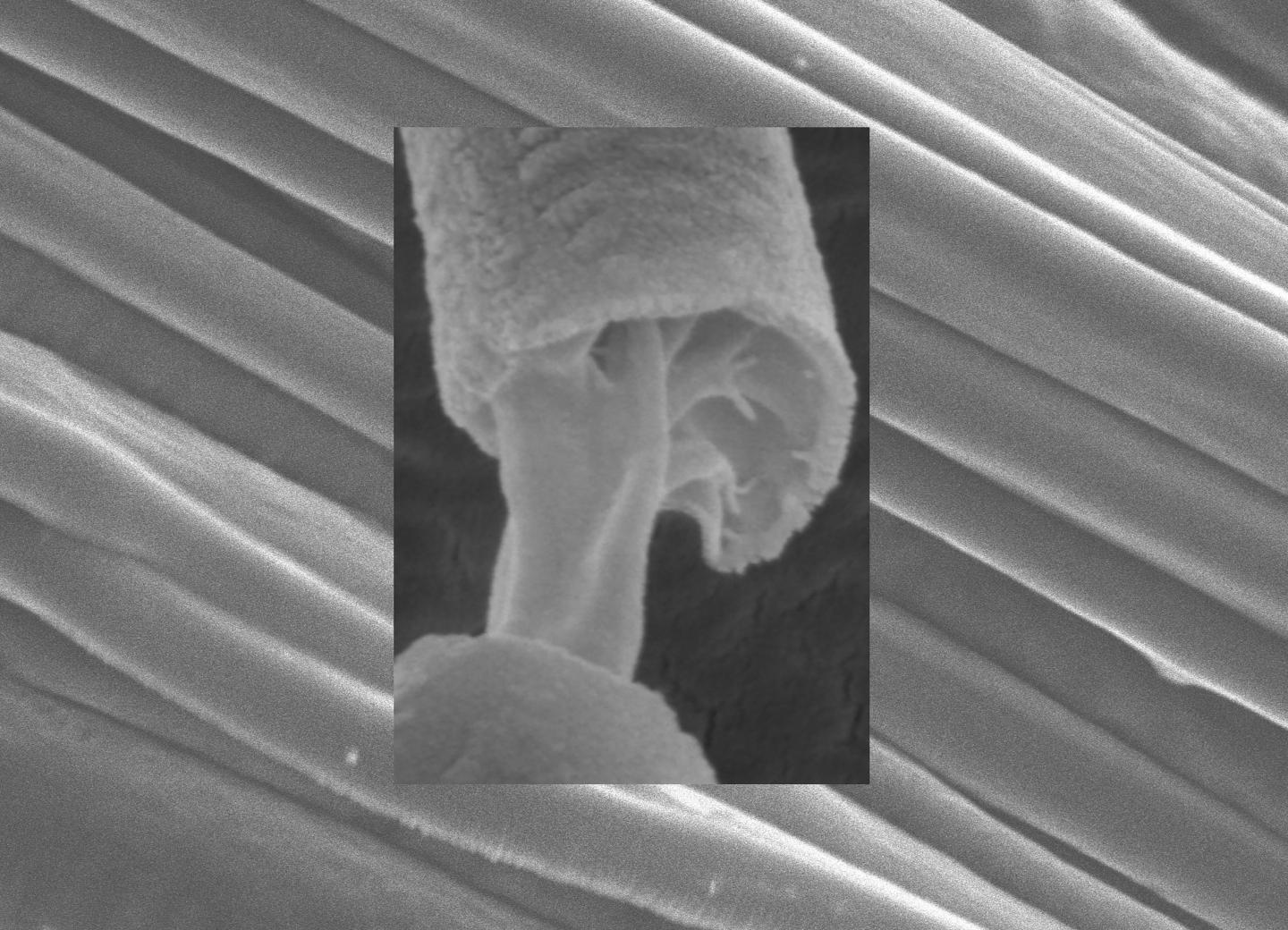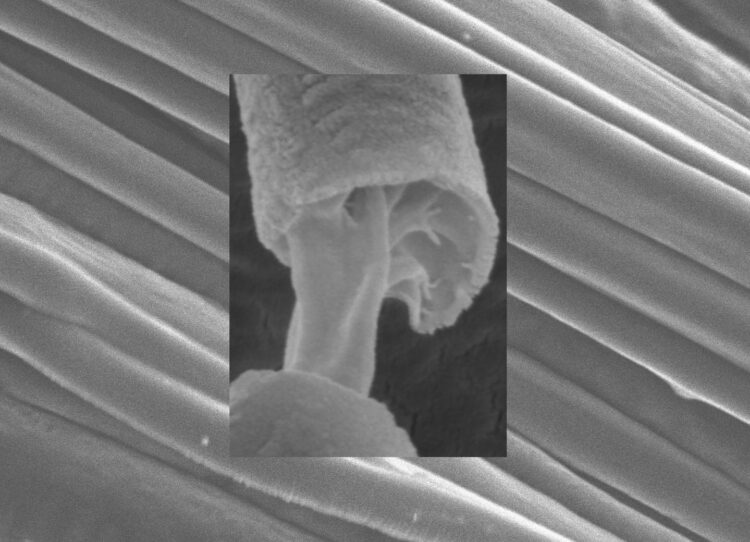Polymer fibers with layers of different properties have a wide variety of promising biomedical applications, including the creation of antiviral face masks.

Credit: Sunthar Mahalingam
WASHINGTON, October 13, 2020 — Wound dressing, tissue scaffolding, controlled and sustained drug delivery, and cardiac patching are all biomedical processes requiring a material that combines strength with functionality. Core-sheath polymer fibers, fibers comprised of a strong core surrounded by a biologically applicable sheath layer, are an affordable way to meet these requirements.
In the journal Applied Physics Reviews, from AIP Publishing, researchers from University College London discuss methods of producing core-sheath polymer fibers and their promising applications. Those polymers are beneficial, because they bypass the need to search for one single material that meets all the necessary criteria, which can be next to impossible.
“You want strength, but you also want bioactivity,” said Mohan Edirisinghe, one of the authors on the paper and Bonfield Chair of Biomaterials at UCL Mechanical Engineering. “So, if you align them in a core-sheath polymer, you have the strength of the core material, but the functionality comes from a bioactive polymer or ingredient that is in the sheath. That is a big advantage.”
By carefully selecting the inner and outer layer materials, the physical properties of the fiber can be tuned for a variety of biomedical applications. For example, beyond the previously mentioned uses, core-sheath polymer fibers also have exciting potential in helping to combat the coronavirus pandemic.
“If you want to make a fibrous mask from a textile, you really need to have the strength, because you’re going to wash it and use it,” Edirisinghe said. “But on the other hand, you need an active material.”
In this case, the active sheath material can be an antiviral agent like copper. Other components, like drugs or proteins, can also be embedded within the sheath layer during the manufacturing process, adding additional material capabilities.
“You don’t want to waste a good material’s functionality inside the material. You’ll never see the benefit of it,” said Edirisinghe.
Benefits aside, creating core-sheath polymer fibers can be difficult, requiring custom-made processing architectures and biologically relevant materials. Edirisinghe and his team have developed several manufacturing techniques that can be modified as appropriate.
A vessel containing a reservoir containing the core material is embedded within another reservoir containing the sheath material. The two are jetted out through vessel orifices simultaneously, creating a fiber with the core material surrounded by the sheath material.
“This is just the tip of the iceberg, because this is just two reservoirs with two materials, which become the sheath and core layers of the fibers, but you can extend this to three or four,” Edirisinghe said. “In each layer, you can have a different drug that satisfies a different purpose.”
###
The article, “Current methodologies and approaches for the formation of core-sheath polymer fibers for biomedical applications,” is authored by S. Mahalingam, R. Matharu, S. Homer-Vanniasinkam, and M. Edirisinghe. The article will appear in Applied Physics Reviews on Oct. 13, 2020 (DOI: 10.1063/5.0008310). After that date, it can be accessed at https:/
ABOUT THE JOURNAL
Applied Physics Reviews features articles on significant and current topics in experimental or theoretical research in applied physics, or in applications of physics to other branches of science and engineering. The journal publishes both original research on pioneering studies of broad interest to the applied physics community, and reviews on established or emerging areas of applied physics. See https:/
Media Contact
Larry Frum
[email protected]





